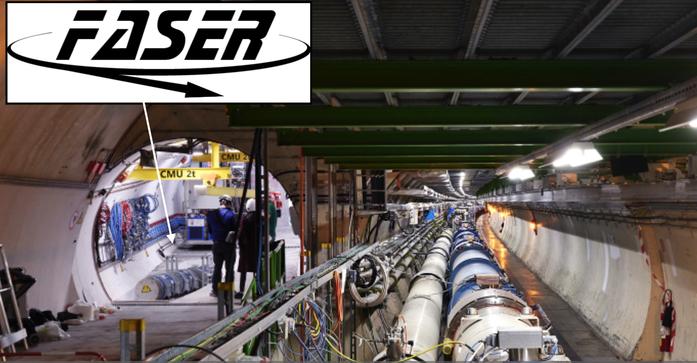URL: https://physikseminar.desy.de/hamburg/colloquia_in_2024/09_april_2024/@@siteview
Breadcrumb Navigation
Searching for New Phenomena with Heavy Quarks and Neutrinos
Florian Bernlochner (Universität Bonn)
Auditorium (DESY Hamburg) and Zoom, 16:00h
Something is at odds with our understanding of the universe: although highly anticipated by our field, no new particles apart from the Higgs boson and exotic hadrons materialized at the Large Hadron Collider (LHC). We have, however, good reasons to believe that our understanding of fundamental particles and their interactions is incomplete: E.g. matter is dominating the universe, astrophysical observations strongly suggest the existence of dark matter, neutrinos oscillate and thus possess mass, and the strong force seems to be invariant under charge-parity transformations. The list goes on. In this presentation, I will touch on how we are trying to reveal cracks in the Standard Model of particle physics using decay properties of heavy quarks at the Belle II experiment, and by studying neutrinos and searching for feebly interacting particles at the FASER Experiment. Belle II is a next-generation B-factory experiment located in Tsukuba in Japan, just an hour north of Tokyo. It aims to record an unprecedented number of decays of heavy beauty quarks in the clean laboratory of electron-positron annihilations by the 2030s. The experiment just finished its first long-shutdown to upgrade the pixel detector, and is now on a mission to collect sufficient collision data for competitive measurements at the precision frontier. FASER is a small detector, located about 480 m downstream of the ATLAS experiment at CERN. It started recording its first data sample and aims to shed light on the long-lifetime frontier and explore properties of neutrinos produced in LHC collisions. Both Belle II and FASER will give us new insights and I firmly believe our largest discoveries are still ahead of us. Let’s go on a journey together to find out why.

This is a hybrid colloquium.
Connection details at https://desy.zoom.us/j/99616528733
Meeting ID: 996 1652 8733
Meeting Password: 733220



